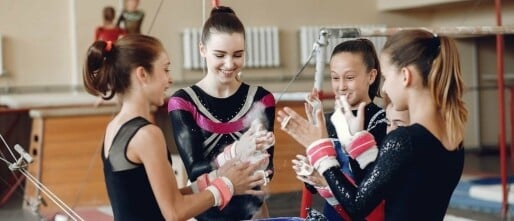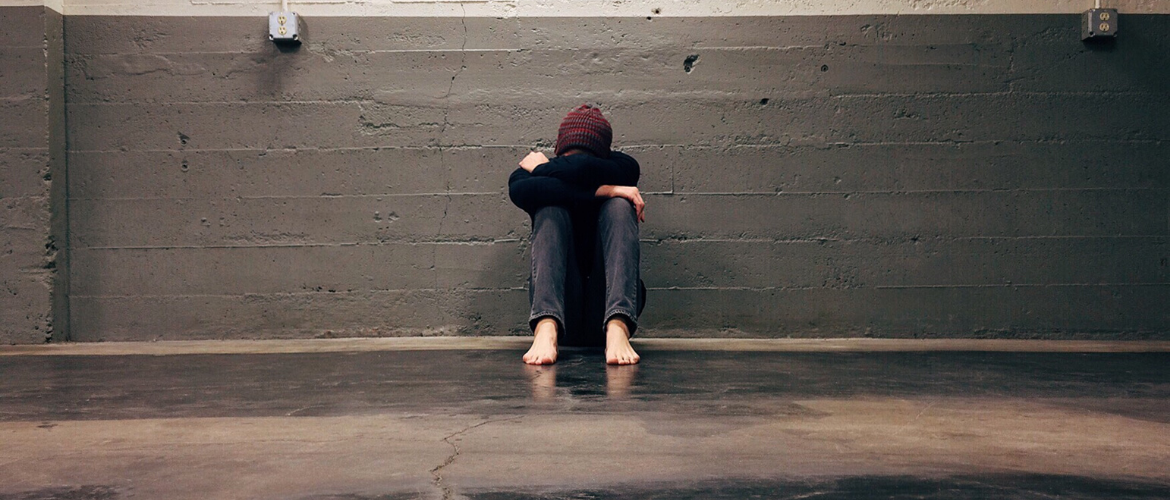Sometimes I have difficulty as a coach to determine how to motivate my gymnasts. I notice that I feel exhausted after a practice in which I had to motivate gymnasts more than they were motivated themselves. During a practice, I try to pay attention to every gymnast’s learning curve. An increasing learning curve should, in my opinion, increase the intrinsic motivation in a gymnast. This kind of motivation is the most valuable because it doesn’t cost you much energy as a coach. To increase intrinsic motivation in my gymnasts, I try to apply the tricks below.

Successful experience
Every practice, I try to give a successful experience to as many gymnasts as possible. This can vary from executing a new skill; like doing a handstand with help on bars for the first time, to correctly applying a tip in a skill that wasn’t executed successfully yet.

It’s also good to look back to a bigger period and remind yourself of all the successful experiences you’ve had. What has a gymnast learned during the season? This is often forgotten.
Tip: Prove of successful experiences can work well for some gymnasts. Record a routine or skill as a baseline. Record it again after a few weeks and review it with the gymnast. Often, the most perfectionist gymnasts aren’t aware of their growth, so they need to be reminded (in a good way😊). I once had a gymnast who was so hard on herself that she forgot her successful experiences and only remembered the negative things. This prevented her growth immensely.
Positive feedback
When giving feedback, I try to focus on what went well. This turns out especially well with the more sensitive and insecure gymnast. My positive feedback consists of two pluses and a tip to improve on. I avoid extreme words like “mistakes, not good”. This can be received as harsh and I’ve noticed that a gymnast tends to get demotivated or avoids practicing the skill altogether. Sometimes it also work to not give feedback at all. How demotivating is it to hear “point your toes”, “you should still push off more” every single time? It also causes confusion.

Growth mindset
I once read a book of Remko van der Drift. Here, I came across the term “growth mindset”. With a growth mindset, you believe in the possibility of change and growth of your talents, intelligence and qualities. With this mindset, you believe that progression comes from effort and challenge. You don’t believe in good or bad, but in the grey area in between. In gymnastics, this is quite a challenge. Think about a competition, if you don’t have your legs completely straight, it is considered a mistake by a judge.
Reading this book has taught me that making mistakes only makes you stronger. A mistake is not a “mistake” but gives you insight into what can improve. Then see this improvement as a challenge to dive into.
Talk and verify
Prevent filling in for a gymnast what she needs. One gymnast can aim for having a fun competition with the group while another gymnast will strive for the gold. Talk with your gymnasts and ask them how you can contribute to their goal; creating a good group atmosphere, or pushing (or not) to execute ‘that one’ scary skill in your routine. What is also common is that parents push their child to do gymnastics. Does the gymnast want to strive for gold herself or do parents expect it?
Watch out for extrinsic motivation like rewards
“If you jump from low bar to high bar three times on your own, you will get a bar of chocolate.” Rewarding gymnasts with candy is something that happens often. First of all, it doesn’t contribute to a healthy sport climate and secondly it is proven that extrinsic motivation is less effective in the long run. Another reward that was often used in my club was trampoline time. When doing a certain amount of correct turns, you could use the trampoline for the last 5 minutes. In my opinion, every apparatus should be fun and motivating. By allowing trampoline time instead of training time on another apparatus, the motivation for that apparatus is lower. A fun challenge is to motivate gymnasts for their least favourite apparatus. Find a suitable challenge.
Variation and activation
“Today, we start with the standard beam program and when you are finished, you continue with your routine.” The coach adds that the gymnasts know where to find her when they need help. Avoid getting stuck in a rut. A fixed training schedule can be nice but if you do the same thing over and over it doesn’t motivate! Activate your gymnasts by challenging them. Offer new exercises, change the height of the beam or its width, apply an aid. There are endless possibilities. Variation is also good for body and mind and increases motivation.
Coaching methods
Curious about more coaching methods? Take a look at the Gymnastics Tools Platform for gymnastics coaches.






